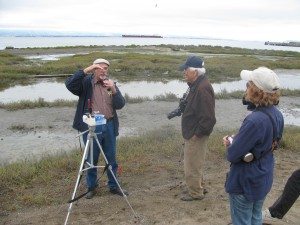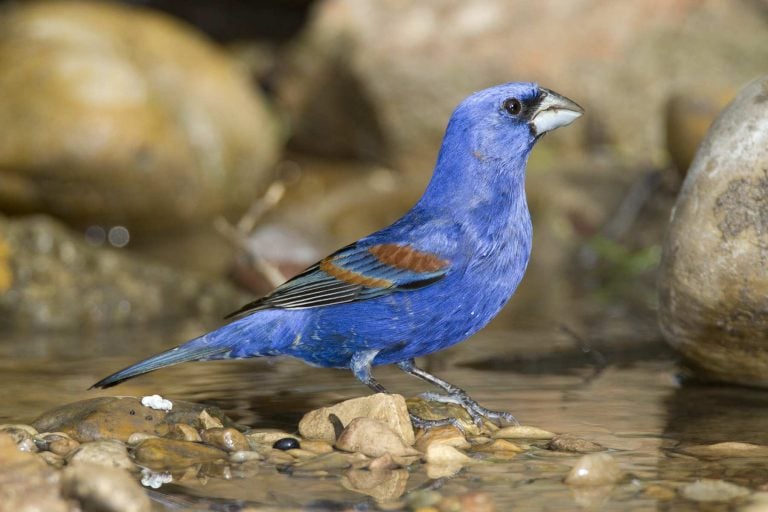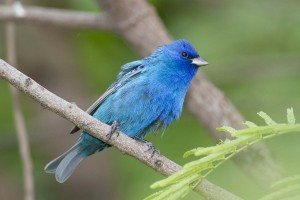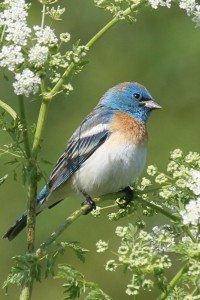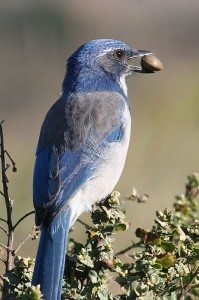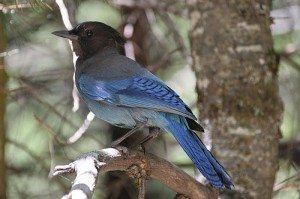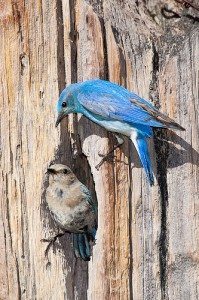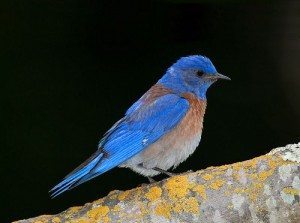First of season
By Noreen Weeden
Out at Heron’s Head Park in San Francisco on August 6, I saw my “first of season” Spotted Sandpiper. In fact there were two Spotted Sandpipers – one with spots and the other spotless and clean-looking, both bobbing continuously as is the habit of this species.
Upon a closer look I noticed that the feathers of the spotted one appeared quite worn. This told me it was an adult bird, probably just returned from its breeding range — possibly in the Sierra or perhaps the Cascades. This bird still had most of the feathers it attained last spring in what is called its “alternate” or breeding plumage, when it has spots on its throat, breast and underparts.
The other Spotted Sandpiper looked quite different. For one thing, it had no spots, which is similar to how an adult looks in winter after it has molted into its “basic” or winter plumage. Also, this bird seemed slightly awkward compared to the other. Its legs were paler than the adult I had just seen, it had a lighter eye line, and its feathers — while looking fairly fresh — had some light edging. Taking all of these clues together, I concluded that this bird was a juvenile or “hatch-year” bird making its way for the first time to Heron’s Head Park. These two birds were the first Spotted Sandpipers I had seen in the Bay Area since early May.
 Spotted Sandpiper in winter plumage, in February in San Francisco / Photo by Noreen Weeden
Spotted Sandpiper in winter plumage, in February in San Francisco / Photo by Noreen Weeden
Which brings me back to “first of season” (often abbreviated in birder blogs as FOS). August, while still summer for most people, is the beginning of autumn as far as birders are concerned. Late July and early August mark the time when many birds begin to disperse from their breeding grounds and move to their wintering grounds. So these two Spotted Sandpipers, one an adult and the other a juvenile, were my FOS Spotted Sandpipers.
Now is an excellent time to see some of the birds that are dispersing or migrating from their northern or interior breeding grounds. Over the next couple of months, more shorebirds, then songbirds and water birds will start returning or passing through the Bay Area on their fall migration.
Time to get out those binoculars! What first-of-season birds have you seen so far this month? Or what ones do you hope to see? …



